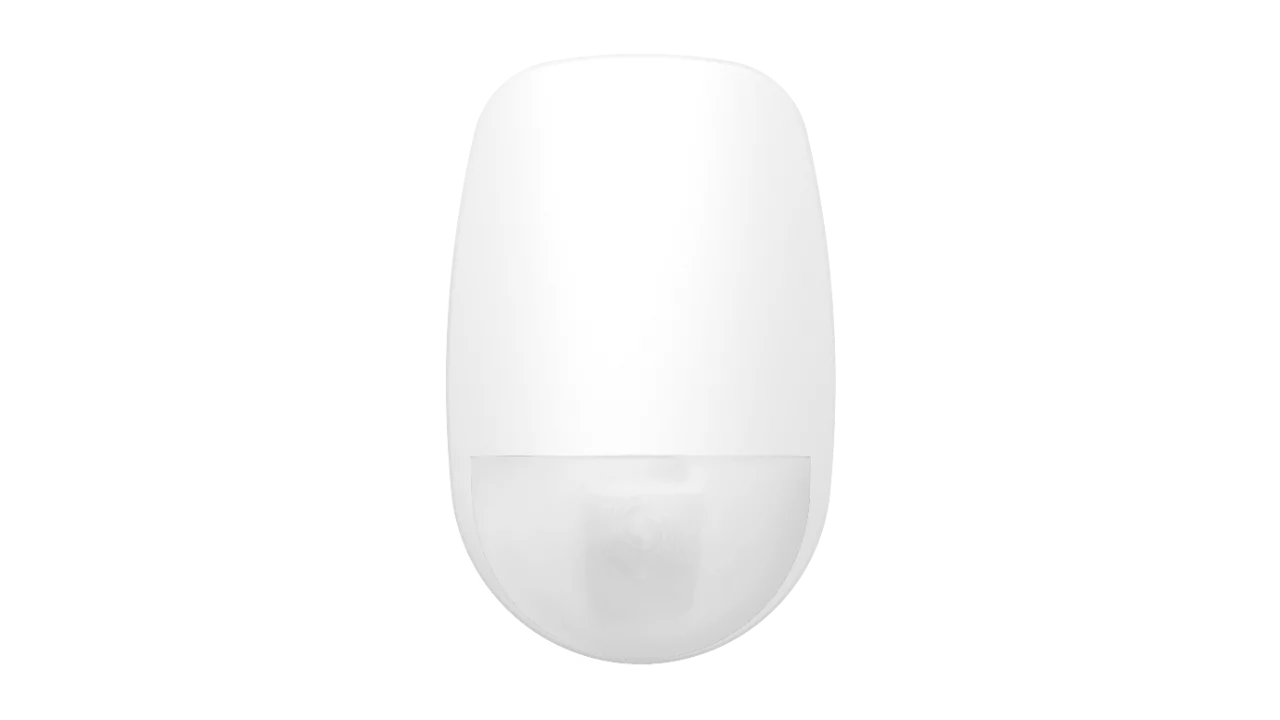Enhanced Security: What is Line Crossing Detection in CCTV
Line-crossing detection represents a sophisticated video analytics capability that significantly enhances the functionality of modern CCTV systems. This intelligent feature enables the system to establish a virtual boundary or line within the monitored area.
Whenever an object, such as a person or vehicle, crosses this designated line, the system is triggered to initiate a pre-defined response. This may include triggering an alarm, generating an alert notification, or initiating a recording.
Line-crossing detection offers a wide range of practical applications, significantly improving the efficiency and effectiveness of security monitoring and incident response across various settings.
How Line Crossing Detection Works
Line-crossing detection operates through a user-defined process. Within the camera's field of view, the user can electronically "draw" one or more virtual lines. The surveillance system continuously monitors these invisible boundaries.
Whenever an object, such as a person or vehicle, crosses one of these virtual lines in a pre-defined direction, the system's intelligent algorithms detect this movement. This detection triggers a pre-programmed response, which may include activating an audible or visual alarm, sending a notification to designated personnel, or initiating automatic video recording to capture the event.
Benefits
Line-crossing detection offers several key features and benefits that enhance its effectiveness as a security tool.
-
Customisable Virtual Lines: Users have the flexibility to define and position virtual lines strategically within the camera's field of view. These lines can be placed at critical locations such as entrances, exits, property boundaries, or restricted areas. This level of customisation ensures that the surveillance system is tailored to the specific security needs of each environment, whether it's a commercial building, a parking lot, or a residential property.
-
Real-time Notifications and Alerts: When the camera detects an object crossing a defined virtual line, the system can immediately trigger real-time alerts. These alerts can be sent to security personnel, a central control room, or directly to authorised individuals via mobile devices. This rapid notification enables prompt response to potential security breaches, minimising the risk of loss or damage.
-
Direction-Based Detection: Line-crossing detection systems can be intelligently configured to recognise the direction of movement across the virtual line. This allows users to customise alerts, for example, by triggering an alarm only when an object exits a specific area but not when it enters. This level of specificity reduces false alarms and focuses attention on critical events.
-
Integration with Other Analytics: Line-crossing detection often seamlessly integrates with a broader suite of advanced video analytics capabilities. This may include features such as motion detection, human or vehicle classification, and intrusion detection. By combining these intelligent features, the system can provide more comprehensive and accurate surveillance, minimising false alarms triggered by non-threatening events such as animal movement or shadows.
Applications
Line-crossing detection finds valuable applications across a wide range of security and monitoring scenarios.
-
Perimeter Security: This feature proves particularly effective in enhancing perimeter security. By strategically placing virtual lines along property boundaries or around restricted areas, the system can proactively detect and alert security personnel to any unauthorised access attempts.
-
Traffic Monitoring: In traffic management applications, line-crossing detection plays a crucial role. Virtual lines can be established to monitor vehicle movements across specific lanes or within restricted zones. This enables efficient traffic flow regulation, facilitates the enforcement of traffic regulations, and helps identify and address violations, such as vehicles entering prohibited lanes.
-
Access Control: Line-crossing detection significantly enhances access control measures within high-security facilities. By monitoring the movement of personnel across designated virtual lines, the system ensures that only authorised individuals are permitted to enter or exit restricted areas, such as data centres or offices with sensitive information.
Advantages
Line-crossing detection offers several significant advantages over traditional CCTV monitoring methods that rely heavily on human operators.
- Reduced Human Error: By automating the detection process, line-crossing technology minimises the risk of missed incidents that can occur due to human fatigue, distraction, or negligence.
- 24/7 Continuous Monitoring: Unlike human operators who require rest, line-crossing detection systems operate continuously without interruption, ensuring round-the-clock surveillance and uninterrupted monitoring.
- Proactive Security: Instead of simply passively recording events for later review, line-crossing detection enables proactive security measures. By triggering immediate alerts upon line crossings, the system allows for prompt responses to security incidents, minimising potential risks and damage.
- Enhanced Evidence Collection: When a line crossing is detected, the system automatically triggers the recording of video footage, providing irrefutable evidence with accurate timestamps. This significantly enhances post-incident analysis and investigation efforts, facilitating the identification and apprehension of potential offenders.
These advantages demonstrate the significant advancements offered by line-crossing detection technology in enhancing the effectiveness and efficiency of modern security systems.
Conclusion
Line-crossing detection represents a significant advancement in video surveillance, empowering modern CCTV systems with enhanced capabilities. By intelligently monitoring and analysing object movements across predefined virtual lines, this technology provides a proactive layer of security.
This proactive approach goes beyond mere passive observation, enabling the system to detect and respond to security events in real-time. Whether it's deterring unauthorised access, optimising traffic flow, or enhancing access control, line-crossing detection plays a crucial role in improving overall security and operational efficiency across a wide range of applications.

